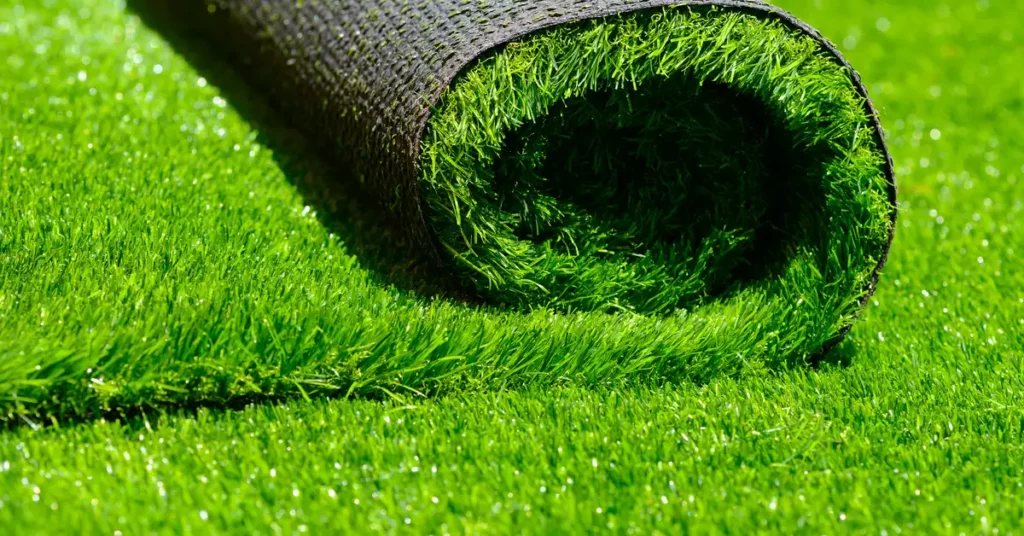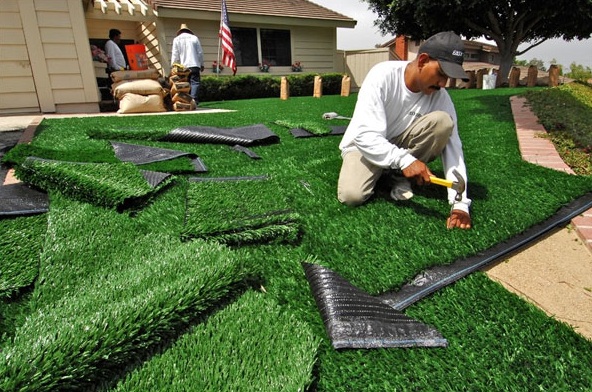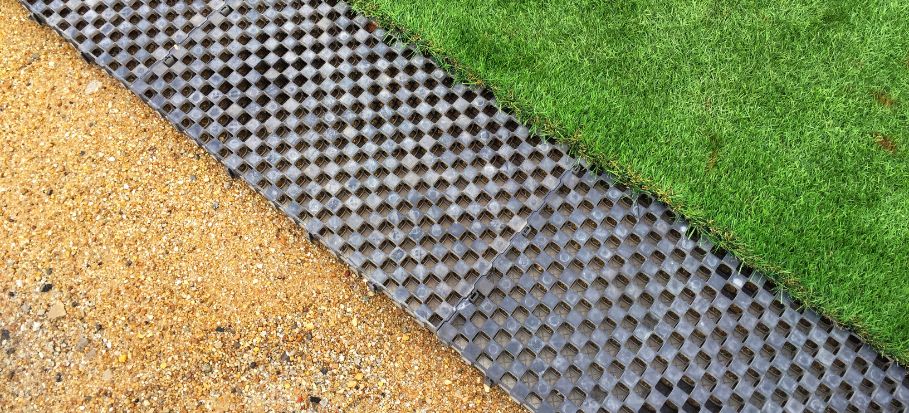Contents
Artificial grass can be very similar to natural grass and has several advantages. Discover everything you need to apply at home.
Are you thinking of putting artificial grass on your terrace, garden or balcony? We will help you to understand all the advantages of this synthetic rug, which has more and more fans, so you can find out which one best suits your needs.
Artificial grass does not necessarily have to serve only as a mat, placed straight and restricted to a specific outdoor space. Also use your creativity and open up the embellishment potential of this material, combining it with other decorative elements.
Discover the advantages of artificial grass
In general, artificial grass is sold in rolls or cut and is suitable for all types of homes, regardless of the type of surface or climate of the place. In addition to staying bright and green all year round, it has other advantages.
- Easy maintenance: Just like installation, the maintenance of artificial grass is basic and nothing compared to the demand for natural grass.
- More economical: Artificial turf does not require the need for irrigation, so, already there, it favors savings, in addition to all the other resources that would be necessary related to its maintenance and care, such as seeds, fertilizers, herbicides, insecticides, lawnmowers and perhaps even labour.
- More environmentally friendly: In addition to saving water and the absence of fertilizers, this type of grass becomes safer and more respectful of the environment, and allows creating a cleaner space for children, as it does not cause allergies from the use of treatment chemicals, typically used in natural grass.
- High durability: Artificial grass is resistant to the passage of time, use and climate change. Depending on the model you choose, it can support more or less intense and continuous use.
What to consider when choosing artificial grass
There are different types of artificial grass that, according to the purpose you want to give it, with your own aesthetic sense and with the comfort you want to have, will imply taking into account some criteria and, of course, this is also reflected in the cost of sale.
Grass base
Artificial grass is made up of the fibers and the base, which is the black rubber part where the fibers are sewn together. The most common foundations on the market are latex or polyurethane, and the difference between both materials is in their ability to adhere, resistance and drainage.
Fiber height
Artificial grass fibers can be less than 20 mm, being an economical option and suitable for a more practical than ornamental use, or they can be between 20 and 30 mm and will already withstand moderate intensity use.
Hue
In artificial grass, monocolored fibers end up having more vivid tones and become less realistic. So, if you want to have a lawn that is as similar as possible to its real appearance, you can choose to mix different shades of green, beige and brown, and this also gives a more beautiful and decorative appearance.
Density
The greater the density of the type of artificial grass you choose, the greater its quality and the greater its ability to recover after use. Therefore, this will also contribute to increasing its durability and should be a factor to consider when purchasing.




